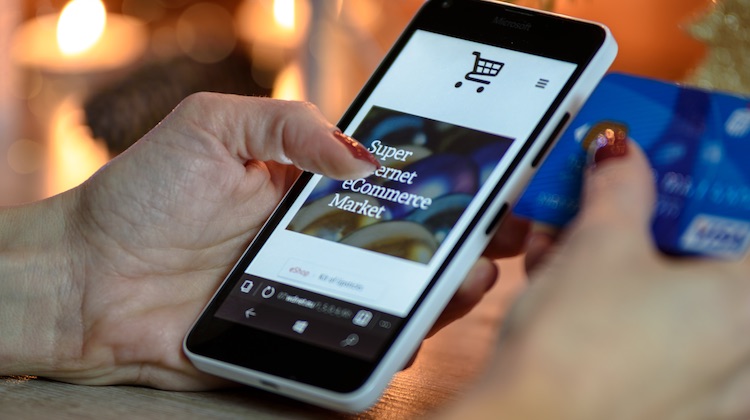Payments
‘PIN on glass’ is still a novel concept for U.S. retailers
- Mobile point-of-sale terminals with chip and PIN offer security and convenience for retailers, but there are hurdles to widespread adoption in the U.S.
- Mobile chip and PIN with a physical card is a transitional step between card and mobile payments








